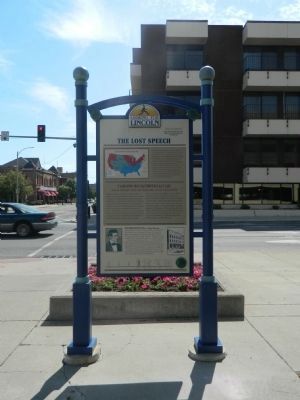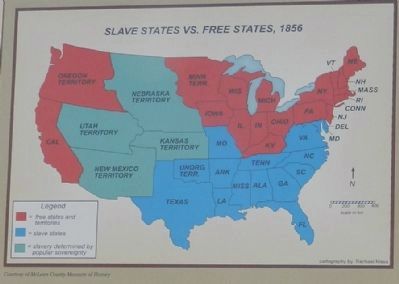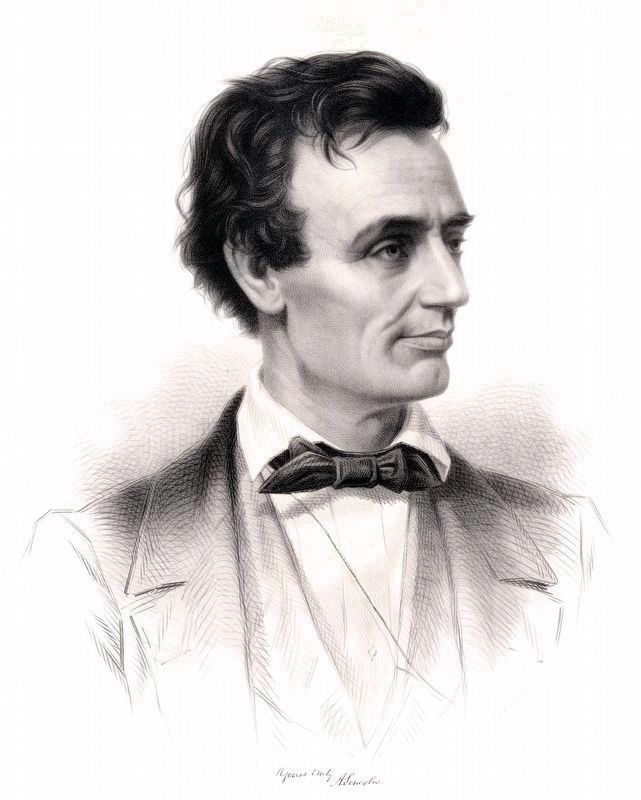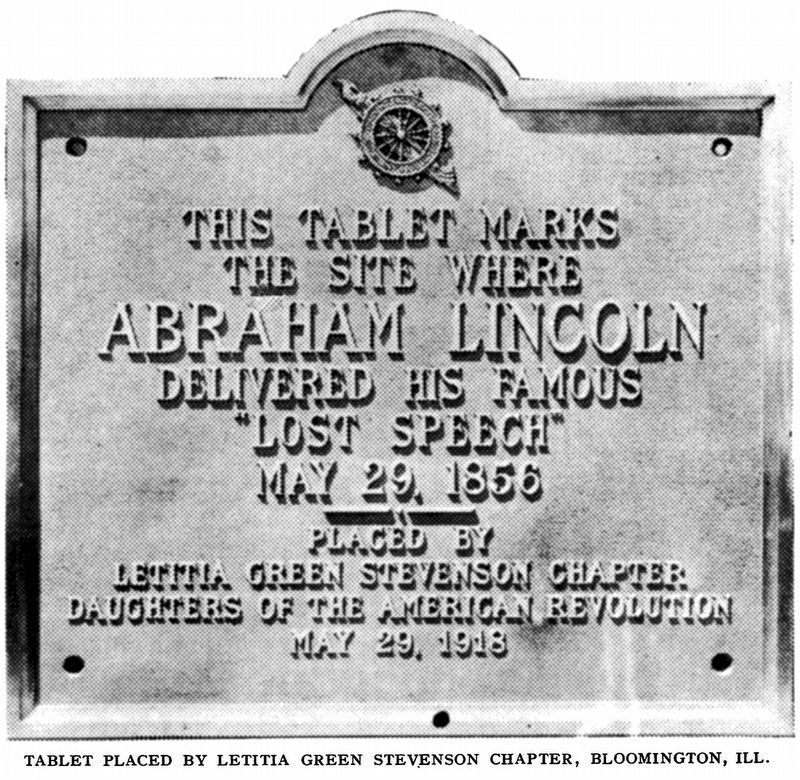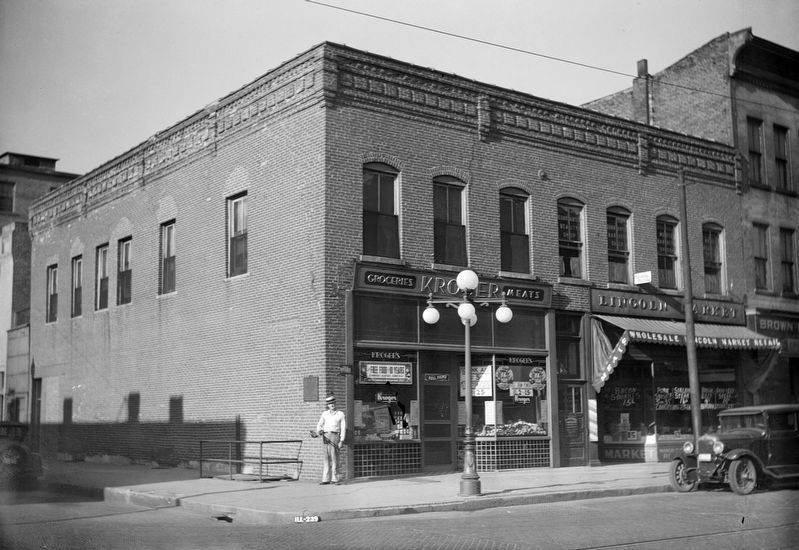The Lost Speech
Looking for Lincoln
"I look upon that enactment not as a 'law,' but as 'violence' from the beginning. It was conceived in violence, passed in violence, is maintained in violence, and is being executed in violence. I say it was 'conceived' in violence, because the destruction of the Missouri Compromise, under the circumstances, was nothing less than violence. It was 'passed' in violence, because it could not have passed at all but for the votes of many members in violence of the known will of their constituents. It is maintained in violence because the elections since, clearly demand its repeal, and this demand is openly disregarded." Such was Lincoln's anger regarding the Kansas-Nebraska Act displayed in an 1855 letter to friend and slaveholder Joshua Speed. Lincoln's speech here launched him as the leader of the Illinois Republican Party. In his new role as party leader, Lincoln was to lead Illinoisans in opposing their own Sen. Stephen A. Douglas and his policies. And in their political combat, across the 1858 senatorial race and the 1860 presidential race, Lincoln advanced the platform adopted in Bloomington, on May 29, 1856
Illinois Sen. Stephen Douglas created a national crisis by legislation, the Kansas-Nebraska Act, which permitted the expansion of slavery in the United States. Slavery was the defining characteristic of half of the United States in 1856. it was accepted in the Constitution, but its spread had been stopped through the Missouri Compromise in 1820. Many people though that opening the Kansas and Nebraska territories to slavery would result in a country dominated by slavery. In late May 1856, Illinoisans who despised that act gathered at a political convention, here at Major's Hall. Their intent was to collectively oppose the expansion of slavery through political action. The result was the formation of a new political party.
The speech Lincoln gave here in Major's Hall became known in the twentieth century as "The Lost Speech." No reliable text of that speech exists. Whatever he said, the disparate political elements who made up the convention were satisfied with it. The speech was a unifier. The Chicago Press reported, "Abraham Lincoln...made the speech of the occasion....Mr. Lincoln must write it out and let it go before all the people. For an hour and a half he held the assemblage spell-bound by the power of his argument, the intense irony of his invective and the deep earnestness and fervid brilliance of his eloquence. When he concluded, the audience sprang to their feet, and cheer after cheer told how deeply that hearts had been touched and their souls warmed up to a generous enthusiasm.
Topics and series. This historical marker is listed in these topic
Location. 40° 28.72′ N, 88° 59.563′ W. Marker is in Bloomington, Illinois, in McLean County. Marker is at the intersection of S. East Street and Front Street on S. East Street. Touch for map. Marker is in this post office area: Bloomington IL 61701, United States of America. Touch for directions.
Other nearby markers. At least 8 other markers are within walking distance of this marker. A different marker also named The Lost Speech (here, next to this marker); Major's Hall (here, next to this marker); Asahel Gridley's Bank (within shouting distance of this marker); Miller-Davis Buildings (within shouting distance of this marker); Miller-Davis Building (within shouting distance of this marker); The National Hotel (about 400 feet away, measured in a direct line); The Rounds Block (about 400 feet away); Sigmund Livingston (about 400 feet away). Touch for a list and map of all markers in Bloomington.
Credits. This page was last revised on August 2, 2020. It was originally submitted on July 13, 2012, by Bill Pfingsten of Bel Air, Maryland. This page has been viewed 704 times since then and 8 times this year. Photos: 1, 2. submitted on July 13, 2012, by Bill Pfingsten of Bel Air, Maryland. 3, 4, 5. submitted on May 19, 2019, by Allen C. Browne of Silver Spring, Maryland.
